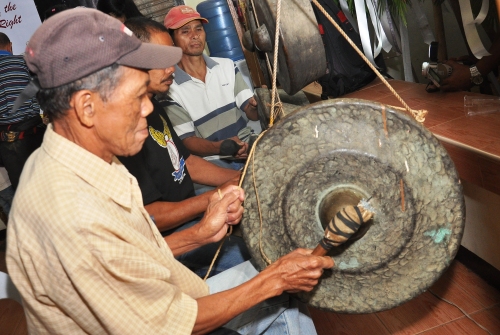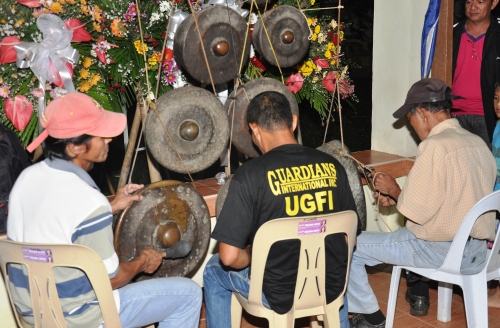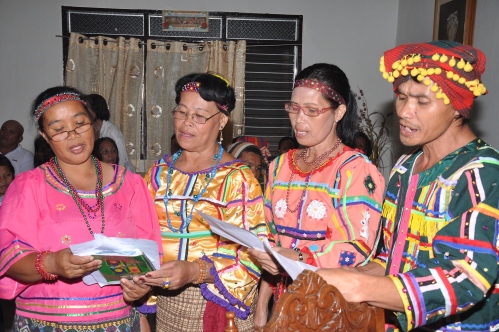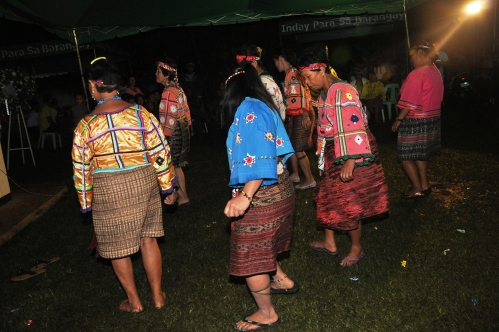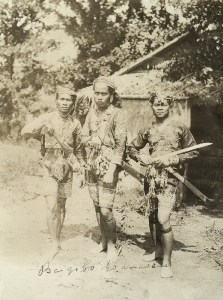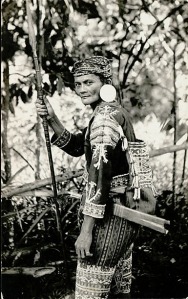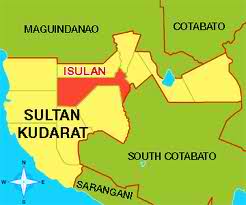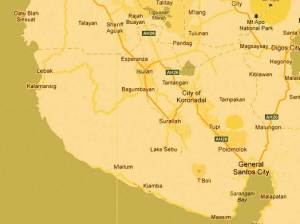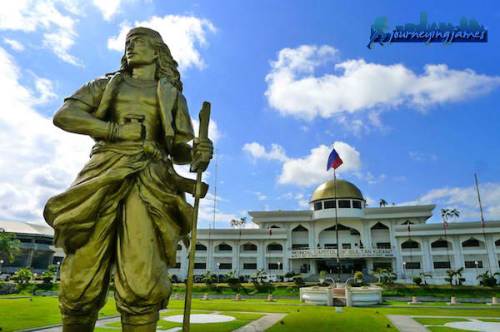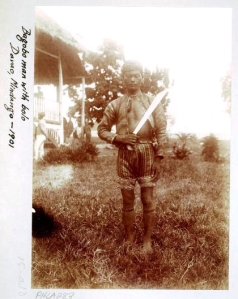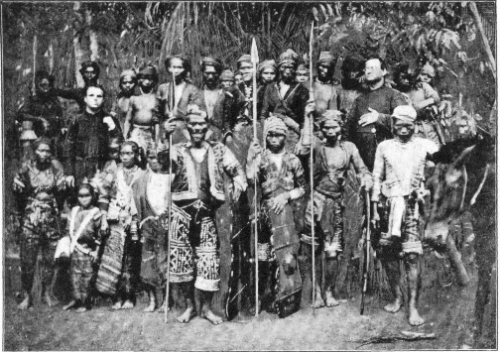A Time of Passing
The passing of a loved one is always a sad affair among tribal peoples. Just like with other faiths, cultures and societies around the world, death heralds the transition of a soul from his earthly life towards the great beyond. From mortality to the immortal world.
Among the Bagobo people, there are many practices as well as prohibitions during time of death. Chief among these practices is a musical ritual called “dam-mag”. During wakes, the dam-mag would be played announcing a death in the community. The playing involves the constant tapping of two large gongs usually in the same beat fashion and tempo, with a tapping instrument called ‘tap-tap”.
In the olden days as it is today, the dam-mag informs the people of the community of a death of a friend, neighbor and to someone even more important, a Chief or a Datu. Furthermore, the musical reverberation of the agung draws people from across mountains, rivers and valleys to congregate during the sad tidings.
During this time, it is expressly forbidden for the immediate family or any member thereof to take part in the ceremonies, rituals, or in the serving of the relatives and guests. Bagobos believe that should an immediate member of the family of the deceased even take part in the ceremony of the dam-mag, it would be tantamount to a making of a plea for those departed to take him with them in the after-life. This is a taboo that is being enforced among the Davao lumads even today.
Another common practice during the time of bereavement is the guarding of the physical body of the deceased. It is believed that once a body has been emptied of its rightful owner or soul, evil spirits called “busow” might enter the body and thereby possess it. Extreme care is also taken that the body is not jumped over animals like cats as there is another belief that when these happen, the dead person will suddenly rise.
When a person dies, they believe that his soul or ‘gimokod” travels to the region where the Chief of Souls whom they call Moivuyan resides. This region is named “ingod ni Moivuyan”. Moivuyan is the caretaker of souls who cross from life to death.
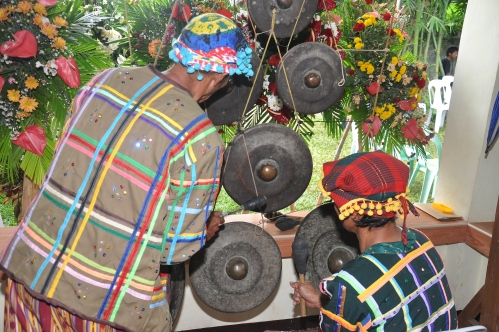
In this particular region too, a soul will be bathed in a place called’ “oweg no kolingawan”, in English known as “the water of forgetting”. The being who resides in this place will pour water over the passing soul and thereafter the soul forgets many things and concerns about its former life on earth. It is akin to that being disrobed of one’s garments after a long and arduous journey.
However it is also believed that from time to time, a soul is allowed to visit the earthly spheres to visit his loved ones and friends and in unusual instances, even permitted to interfere in the affairs of men by way of dreams, miracles or supernatural apparitions.



